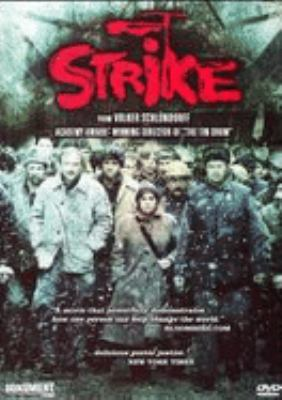My colleagues have covered various spooky topics recently, so allow me to cover something that strikes a different kind of fear in people’s hearts. It’s a fear that changes depending on which side you stand on. Are you worried about getting through a tough stretch for proper dues down the line? You may be thinking about lost revenues and how to get things moving again at the table. Optics could be your primary concern, and you’re out to bring attention to some larger issue. If you’ve missed the picture on the left and the title didn’t clue you in, I’m talking about labour strikes.
But I hear you asking, why am I talking about strikes? In large part, it’s because they seem to be in the news in one form or another all the time these days. Air Canada Pilots narrowly ratified a deal earlier this month, with 67% voting to take the contract, but 98% voted to strike in August. They’ve secured 42% pay increases over 4 years, bringing them in line with their American counterparts, and that’s just with the threat of a strike. Of course, who knows what would have happened if the pilots hadn’t struck a deal. It played in the pilots’ favour that Air Canada is… I’ll go with not well-liked, to put it mildly, which helped put public support behind the workers. If a strike disrupted people’s travel plans, though? Its harder to say where public support would have gone in that case.
Not all industries have been lucky enough to avoid strikes. In 2023, both the Writers Guild of America and the Screen Actors Guild – American Federation of Television and Radio Artists brought Hollywood to its knees with strikes lasting 148 days from May to September (WGA) and 118 days from July to November (SAG-AFTRA). These strikes had monetary, life-balance, and job-protection goals, aiming to head off AI replacing the work they do. The work-stoppage didn’t only affect the production studios, though. I know several people in the visual effects industry, and when the work dried up because studios had nothing new in the pipeline, they ended up losing their jobs. There is a VFX union, a wing of the International Alliance of Theatrical Stage Employees, but they don’t seem too widespread yet, at least not here in Ontario, where the website lists no local chapters. So, the people I know? Out of work for almost half a year because of a strike in an industry further up the chain. This has soured more than a few of them on unions, which I’m sure the higher-ups in their industry will love. The WGA and SAG-AFTRA strikes had public support behind them, so it was enlightening to directly see some of the unintended fallout the strikes created among people who rely on the striking workers but have no control over their contracts.
As I research for this post, I’m finding more and more industries on strike. SAG-AFTRA is currently on strike against video game publishers, with protections from AI being high on their list of priorities again. There’s an ongoing strike by hotel workers in Quebec, with one group ratifying a deal in late September that the rest are now using as a template for their own contracts in a working display of coordinated bargaining organized by the Confédération des syndicats nationaux. Canada Post workers have served a strike mandate, with 95% supporting the measure, and could walk off the job as early as Nov 3rd. I could keep listing unions on or threatening to strike, but I think it’s time to delve into why this is happening.
For that, I’ll refer to this piece by Larry Savage, a professor of labour studies at Brock University, published just before labour day of this year. Available to you for free through VPL’s PressReader Subscription. You only need to follow the link if you’re reading this on VPL Wifi, whether you have a card or not. If you’re at home, sign up for a PressReader account with your VPL card and get access to worldwide news sources.
To quote Mr. Savage from the article:
“The pandemic was a turning point that revealed a stark prioritization of profits over workers’ health and safety. Those same front-line workers are now demanding their due, refusing to return to a job that offers poverty wages and next to nothing in terms of benefits. They have a renewed understanding of the value of their labour and are willing to fight for decent work, even if it means striking.”
It certainly seems to be the case that the number of strikes is going up. Take a look at this data from Canada.ca on work stoppages. Seven hundred thirty(!) strikes started last year, as many contracts made during the pandemic years came up for renegotiation. The 2024 data only goes up to July, so who knows what that number will be when we close out the year?
I’d be remiss in my duties to you, dear readers, if I didn’t link this all back to things you can access with your library card, beyond mentioning PressReader, of course. And you absolutely should use PressReader; free access to high-quality written news is a rarer than it should be these days, and VPL is happy to provide it for you.
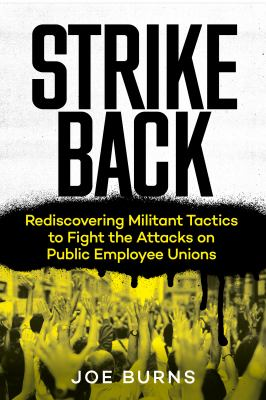
First, we have Strike Back; Rediscovering Militant Tactics to Fight the Attacks on Public Employee Unions by Joe Burns. This one takes a US perspective but examines how public employees like teachers and sanitation workers in the 60s and 70s leveraged militant tactics to get better employment deals. Something current generations of public employees could undoubtedly learn from in this post-pandemic landscape.
If you’re not big on unions, try watching The Mine Wars and see if that changes. This documentary shines a spotlight on mine workers in the states at the turn of the 20th century. Working in a mine is never going to be the safest job, but blatant human rights violations should never happen in any industry.
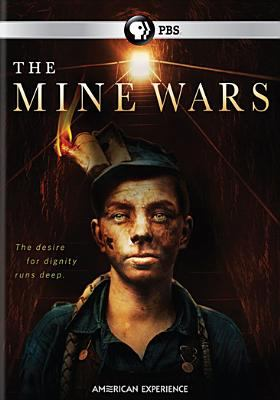
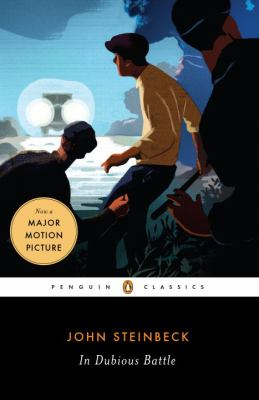
Did you know John Steinbeck wrote a book about a strike? I didn’t until researching for this post. In Dubious Battle chronicles a strike by migrant workers in California. It’s also a novel about communism and the dangers thereof (1939 publishing date, dear readers.) It was also made into a movie starring James Franco in 2017. So read or watch your call.
Looking for a more in depth read from a Canadian perspective? Try Building a Better World; An Introduction to the Labour Movement In Canada by Stephanie Ross. This one reads more like something you might see on a university reading list, but is a great way to educate yourself on the whys and how’s of union activity.
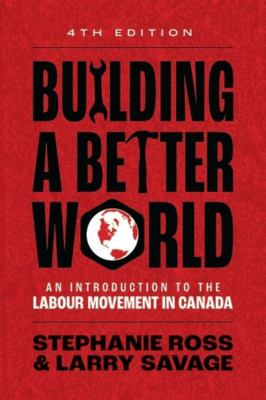
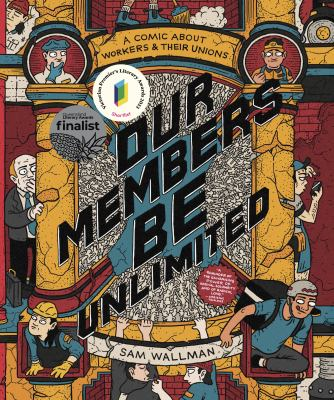
Are you more of a comic/graphic novel person? Comic journalist Sam Wallman has you covered. Our Members Be Unlimited will give you a primer on union activities while taking you inside various labour movements from around the globe and into an Amazon warehouse where Mr. Wallman worked for a year.
I’ll end with something more light-hearted but still effective: Please Please the Bees, a picture book where a bear finds the bees in his yard have gone on strike due to high demand for honey, combined with terrible working conditions. It’s excellent for teaching the little ones about fair deals and ways for both sides to benefit.
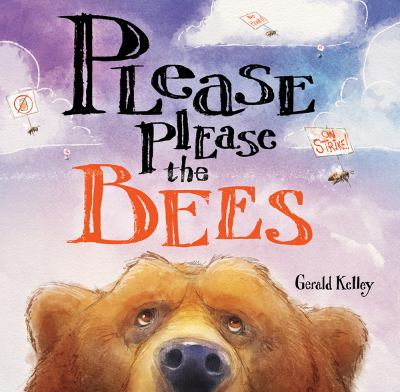
That’s all for me this month. I’ll be back in November with something else. I can’t say for sure what it’ll be, but I have been itching to bake lately, and I know some new nerdy/pop culture cookbooks are on our shelves.
